Estimates of genetic parameters and genetic trends for growth, reproduction, milk production and milk composition traits of Awassi sheep

Authors:
Genetic parameters and genetic trends for growth, reproduction, milk production and composition traits were estimated for Syrian (S) and Turkish (T) Awassi sheep and their crosses maintained at the International Center for Agricultural Research in the Dry Areas Tal Hadya station, Aleppo, Syria (now in Terbol station in Lebanon). The data were spread over 9 years. The individual breed additive effects of T were positive and significant (P < 0.05) for birth weight (BW). However, the values for weaning weight (WW ) and pre-weaning weight gain (WG) were negative, even though they were significant ( P < 0.05 ). These estimates were positive and significant (P < 0.05) for all reproduction and milk traits, except for litter weight at birth (LWB). The additive contributions of T were 60.72 ± 0.94 days, 1.643 ± 0.359 kg, 13.09 ± 0.89 days, 16.13 ± 0.89 kg, 1.12 ± 0.44 kg, 0.71 ± 0.26 kg, 2.80 ± 0.72 kg a n d 0.83 ± 0.32 kg for lambing interval (LI), litter weight at weaning (LWW), lactation length, milk yield, fat yield , protein yield, total solids yield and lactose yield, respectively. The heterosis effects, both individual and maternal, were non-significant ( P > 0. 0 5 ) for most growth traits. Crossing of T with S, however, resulted in desirable and significant (P < 0.05) individual heterosis effects for all the reproduction, milk production and constituent yields. The heritability (h ²) estimates, both direct and maternal, were low for BW , WW, WG and all reproductive traits indicating major influence of environmental factors, whereas milk yield and composition had medium values. Birth weight had moderate genetic correlation with WW and WG. The genetic correlation between WW and WG was high (0 .724 ± 0.951 ). Lambing interval had large negative genetic correlation with LWB and LWW. However, LI had medium significant correlations with all the milk production and composition traits. Larger litter weights at birth had high and negative influence on milk yield of the dam and its constituents. Genetic changes over years for all traits were non-significant. The lack of genetic change in the studied traits calls for systematic and organized selection scheme.
